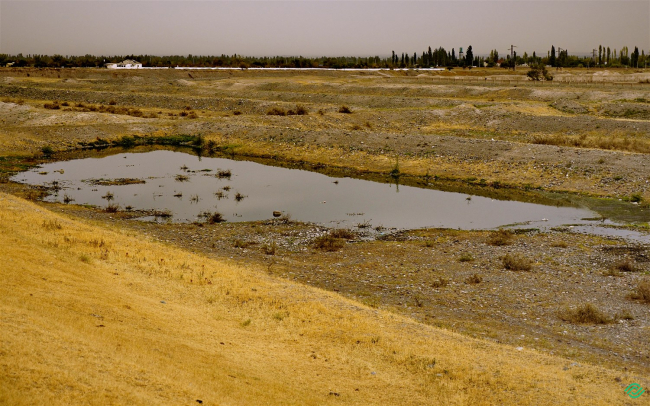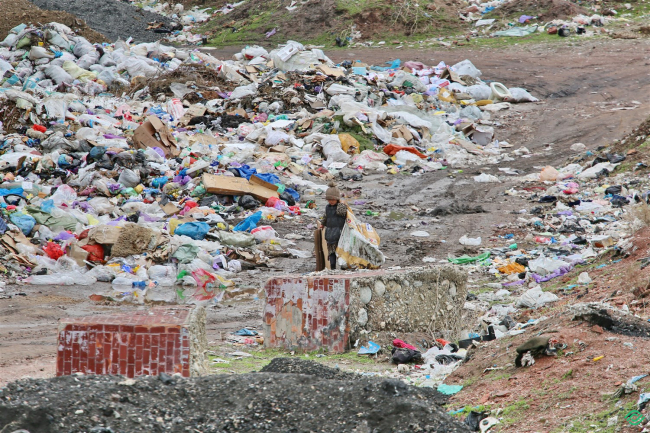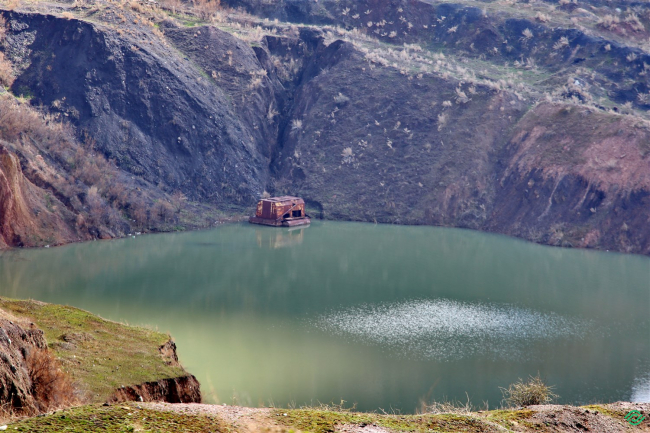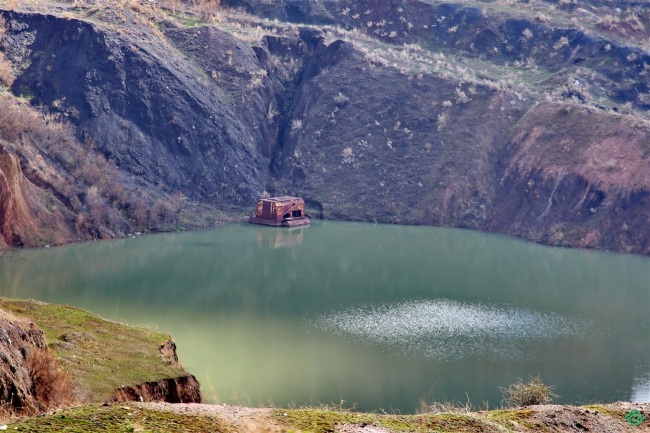Wastewater treatment facilities of the sugar factory (Belovodsk) in emergency condition
Coordinates: Latitude 42°80’7215″N Longitude 74°076753″E It is no secret that biological wastewater treatment is often not carried out. According to a report from the Ministry of Emergency Situations, about 70% of wastewater treatment facilities in the country are not operational. This is official statistics; however, specialists believe that in reality, 95% of the facilities are non-functional. These problems seem to be "rightfully forgotten" because, due to the established economy,










